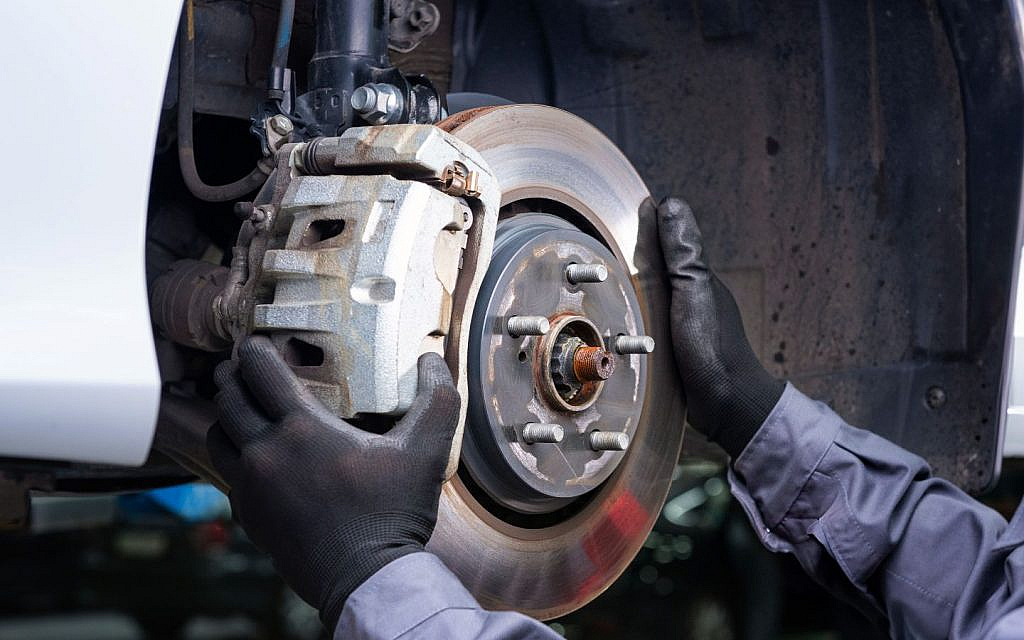The Racing Roots of 13 Common Car Technologies
Race cars are designed to be hallmarks of speed, precision and high-performance engineering. These characteristics set them apart from everyday vehicles. However, various car technologies developed for racing have had a significant impact on consumer automobiles, which resulted in their widespread adoption.
Racing not only pushes competitive boundaries but also tests innovations in safety, performance and efficiency. Now, let’s look at the list of car technologies from the racing industry that have become an integral part of mainstream automobiles.
Common Tech Innovations That Came From Race Cars
The modern daily-driven vehicles are a product of decades of advancements, some of which were initially meant for the motorsports world. Here’s a list of popular car technologies from racing that have now become standard in regular vehicles:
Advanced Transmissions

Quick gear-shifting is a crucial feature for race car drivers to ensure optimal performance. This led to the development of Direct-Shift Gearboxes (DSG) and Sequential Manual Transmissions (SMT). These transmission systems enabled rapid gear changes with minimal lag. Today, the DSG system is common in high-performance road cars. It offers the convenience of automatic transmission with the precision of a manual.
Push-Button Ignition
When it comes to racing, every second counts. The race cars come with a push-button ignition system to save time on the track. This technology has been adopted by almost every other modern vehicle for added convenience, especially in combination with keyless entry.
Independent Suspension Systems
Next on the list of car technologies from the racing sector is independent suspension systems. Mainstream vehicles nowadays come with independent suspension systems to facilitate a smoother and more stable ride. This technology was first used in race cars to enhance their comfort and handling by enabling independent movement of each wheel.
Tyre Technology
Racing teams experiment with tyre compounds to optimise grip, durability and overall performance. The insights from these tests have led to advancements in tread patterns, rubber mixes and all-weather functionality in road car tyres. It is due to the experimentation on the racing tracks that the tyres in today’s everyday vehicles offer exceptional stability and grip.
Aerodynamic Design
Race car aerodynamics have significantly influenced the design of everyday vehicles, from spoilers to strategically placed air vents. While sports cars harness airflow for speed, modern vehicles use it to enhance fuel efficiency and driving stability.
Dual Overhead Camshafts (DOHC)
First introduced in racing, DOHC engines improved power and efficiency by refining airflow and timing control. This technology is now common in everyday vehicles for better performance and fuel economy.
Lightweight Materials
Sports cars prioritise weight reduction to maximise speed and efficiency. This led to the use of lightweight materials like carbon fibre and aluminium in vehicle manufacturing. This is one of the car technologies from the racing industry that is now utilised by production vehicles for better fuel efficiency and control.
Improved Engine Air Intakes
High-performance air intake systems were originally developed for race cars to help engines breathe better by optimising airflow. Now, modern cars come fitted with variations of this technology to fuel up on efficiency and power.
Disc Brakes

High-speed race cars are heavily dependent on powerful braking systems. To facilitate stronger and more consistent braking, disc brakes were launched in the motorsports sector in the 1950s. Furthermore, they have become an integral part of everyday vehicles due to their excellent heat dissipation and fast response.
Advanced Safety Features
Considering the high risks associated with motorsports, there have been significant improvements in vehicle safety features. Features like car crumple zones, reinforced roll cages and multi-point harnesses were first tested on track before making their way to mainstream vehicles.
V Engines
Originally built for racing, V engines now power many road cars. V6s balance power and efficiency, V8s dominate muscle cars and V10/V12s drive supercars like Ferraris and Lamborghinis. Most road cars use inline engines for efficiency but V engines thrive in performance cars.
Paddle Shifters
Paddle shifters, borrowed from Formula One, enable drivers to change gears without taking their hands off the wheel. This ensures quicker and more precise shifts. Paddle shifters were limited to race cars initially but they’re now standard in many automatic and dual-clutch transmissions.
Steering Wheel Buttons
The need for hands-on control on the racing track led to the development of steering wheel buttons that are now available in everyday cars. Modern vehicles utilise these buttons for cruise control, volume, calls and voice commands. On the other hand, performance vehicles add drive mode selectors, inspired by Formula 1.
FAQs
Is DSG better than automatic?
With dual clutches in place of a torque converter, a DSG transmission system shifts faster and enhances fuel efficiency compared to a standard automatic.
How has racing influenced tyre design?
The racing sector has enhanced modern tyre technology, refining compounds, tread patterns and run-flat designs for traction and safety.
Does air intake improve performance?
A cold air intake system boosts horsepower, torque and fuel economy by increasing oxygen for combustion.
Various features in modern cars that make them safer, faster and more efficient have originated on the race track. Racing car technologies, such as advanced transmissions, high-performance braking systems, aerodynamic designs and lightweight materials, have influenced everyday driving. Automotive technology evolves through racing, offering improved safety, efficiency and driving experience.
If you are looking for a vehicle that incorporates innovations from racing, explore these used cars for sale in the UAE. For brand new rides, go through these new cars for sale in the UAE.
Stay tuned to dubizzle’s auto blog to learn more about modern car technologies and their origins.
Image Credits: Shutterstock Image Contributor – mansong suttakarn
Comments
Post a Comment